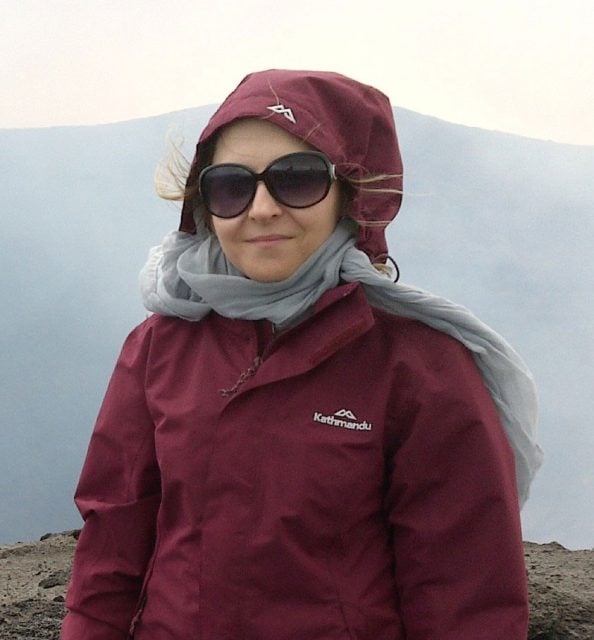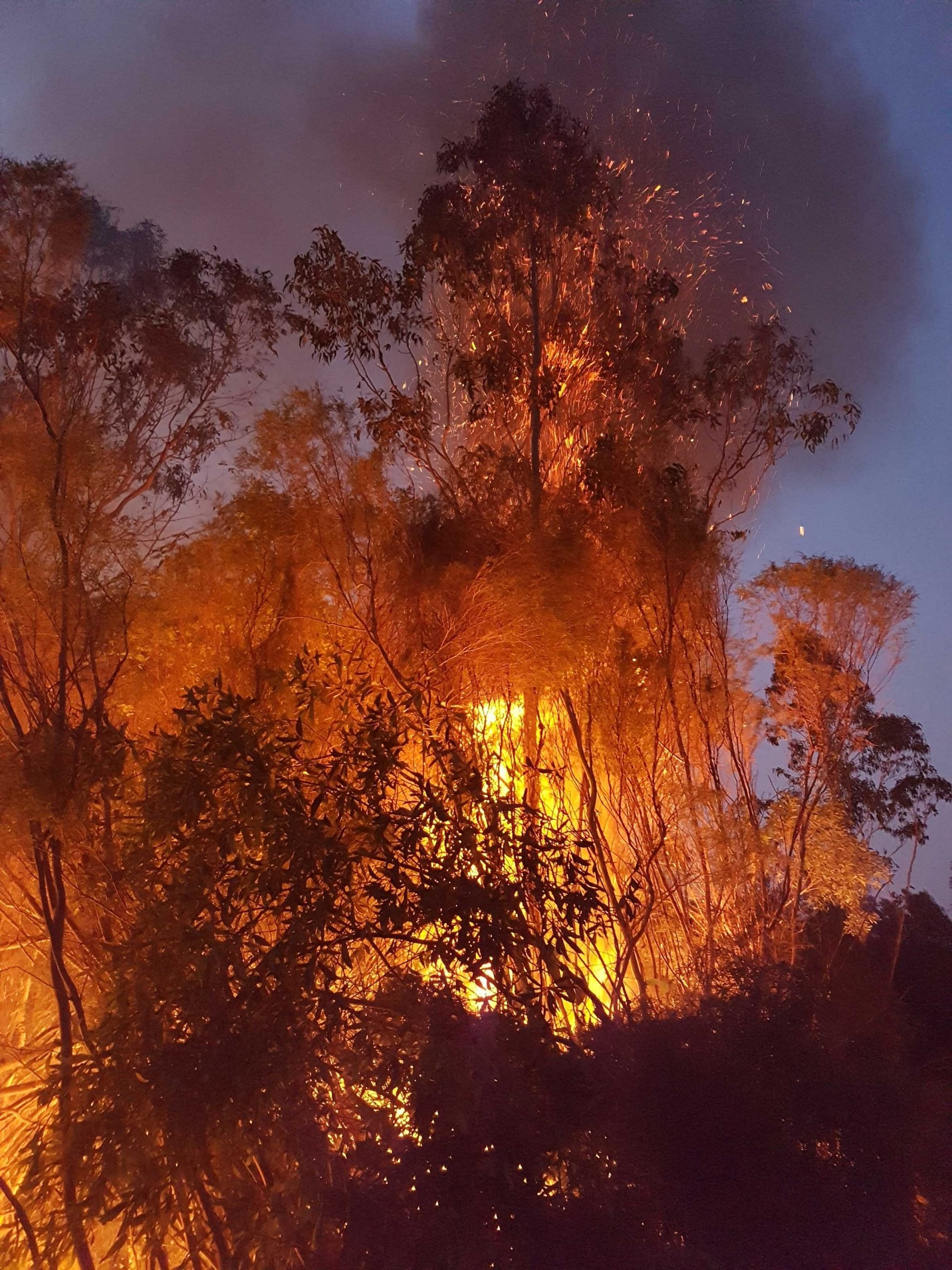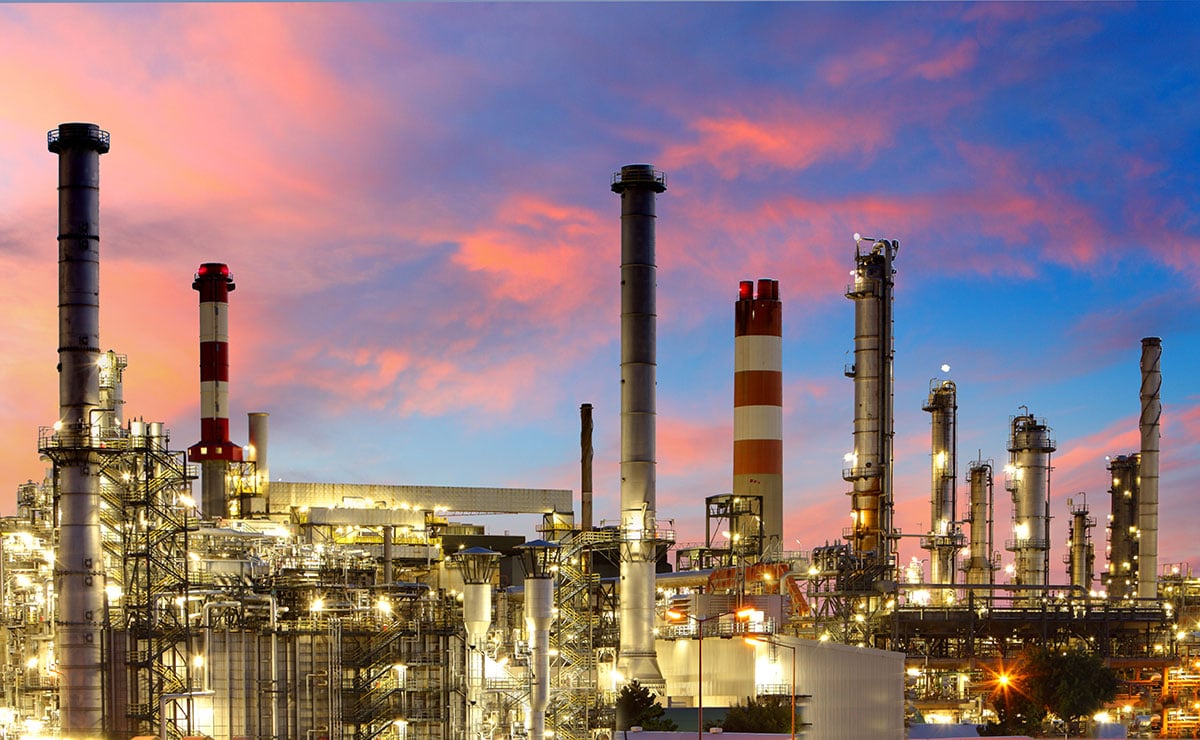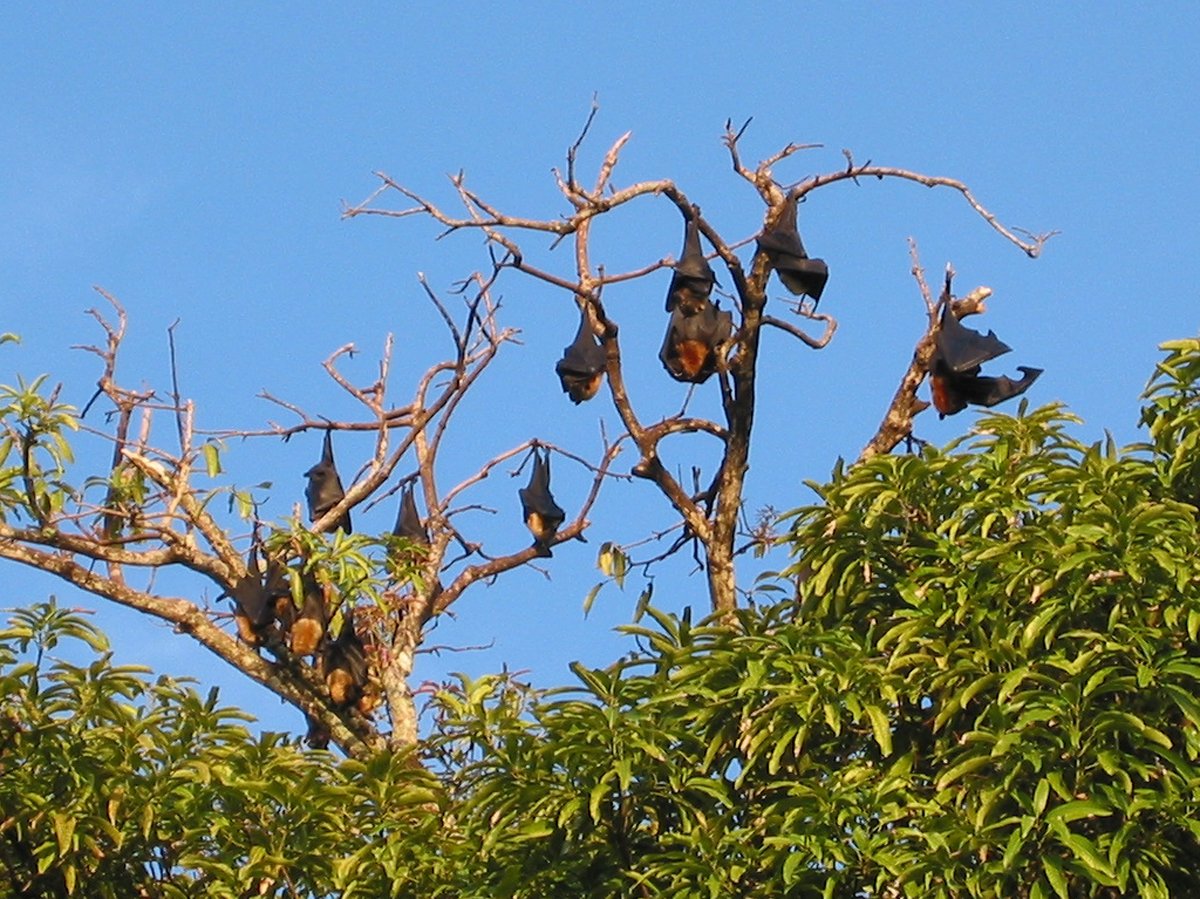

Dr Willow Hallgren
It should be blatantly obvious to most people who are not impervious to scientific facts by now, that the continued burning of fossil fuels is sending us hurtling towards an apocalyptic future of extreme climate events. Hellish bushfire seasons which last for months, followed by extreme floods, and deadly heatwaves which are characterized by extreme temperatures which are at the limit of human tolerances. Even Dorothy Mackellar would be shocked at the way we’re transforming our climate.

Australians have now experienced some of the devastating impacts of what a global heating of just one degree looks like. Does anyone really want to see what climate and ecological catastrophes befall us and our kids as global average temperatures rise by three more degrees, within the next 80 years? Because, if the world follows Australia’s current emissions policy trajectory, that’s where we’re headed!
We must decarbonise our economy, and the earlier we do this, the less painful and costly it is going to be, and the greater the chance that we will be able to prevent ever more severe impacts of climate change from disrupting our civilisation in the decades to come.
Waste not, want less: the Great Energy Transition
Now that the Labor party has committed to reduce Australia’s carbon emissions to ‘net zero’ by 2050 – which is what scientists say is necessary in order for the world to have a decent chance at keeping global heating to 1.5 degrees Celsius – we need to plan how to get there as painlessly as possible. In order to reduce our carbon footprint, we will have to reduce our energy consumption as much as possible, through both increased energy efficiency and energy conservation. This means using more energy efficient appliances and technology and adopting lower-energy lifestyles.

Make it personal
The decarbonising of our economy can start at a personal level – there are numerous carbon footprint calculators where you can calculate how many Earths it would take to provide the resources to sustain a world of people like you. If the current Earth’s population lived like most Australians, we’d need three or four ‘spare’ Earths to sustain us.
The fact is, citizens of advanced industrialised nations like ours are outrageously spoilt when it comes to energy use. We use far more energy than all other societies on the planet currently, and in the past, and undoubtedly far more than is required to live a happy, fulfilled, and meaningful life. Our industrial civilisation has voraciously consumed huge amounts of energy in just a couple hundred years that took millions of years to accumulate. We are literally living on a finite amount of borrowed energy, and many scientists would say we are also living on borrowed time as our climate is rapidly destabilising – and that time is fast running out.

Baseload power – can renewables completely replace fossil fuels?
That renewable energy sources cannot provide ‘baseload power’ is a persistent and erroneous climate myth which is perpetrated by the fossil fuel industry and other climate change deniers. They claim this as a reason to keep the coal power plants fired up to provide a ‘back up’ to the intermittent nature of wind and solar power production. In fact, there are several ways in which renewable energy is being stored to provide baseload power around the world – some examples include Concentrated Solar Thermal (which collects and stores energy in some medium, like pressurized steam or molten salt), Pumped Hydro Energy Storage (PHES, which uses intermittent renewable energy to pump water uphill to be stored for later use as hydroelectricity; ‘off-river’ pumped hydro has an especially promising future for Australia), and Pumped Heat Energy Storage (involves pumping heat between tanks containing hot and cold insulated gravel). Compressed Air Energy Storage (CAES) has been identified as a particularly promising technology for utility-scale bulk wind energy storage due to relatively low costs, environmental impacts, and high reliability. Australia’s first advanced CAES plant is scheduled to be in-service sometime this year (2020).
We can do it… we have the technology
And then there are batteries, which are already proving their worth in providing grid reliability, a reduction in energy costs and the ability to integrate substantial renewable energy resources into the grid.
Apart from smart grids (or renewable energy mini-grids) connecting distributed rooftop solar power, utility-scale batteries are an essential component of the transition to 100 per cent renewable power. A well known example is the Hornsdale Power Reserve in South Australia. Built by Tesla and connected to the Hornesdale Wind Farm, it is the largest lithium-ion battery in the world. This technology can also be implemented quickly: Elon Musk famously promised to build it in 100 days or else provide it for free (it was delivered on time).
Most of the house batteries on the market also use lithium-ion technology, but increasingly there are less environmentally polluting, 100 per cent recyclable alternatives such as zinc-bromide flow batteries, which also have a longer lifespan, and are more thermally stable.

As for renewables replacing fossil fuels in the transport sector, electric vehicle batteries (ideally charged with energy from renewable sources) and fuel cells are already powering our cars, busses and trucks: electric cars are still more expensive than conventional cars, but prices are coming down rapidly as the market expands. Also as plug-in hybrid and electric vehicles become more common, Spent Electric Vehicle (EV) Battery Storage will become another potentially vast form of power grid storage (as they will still have considerable storage after their automotive lifespan).
Hydrogen fuel cells also have enormous potential, especially since CSIRO scientists recently created a membrane that can filter out pure hydrogen gas from ammonia. It can then be dispensed into fuel cell cars, buses and even trucks. CSIRO have already successfully powered fuel cell electric vehicles using locally-produced ultra-high purity hydrogen, and are currently in the process of commercializing the technology for larger scale production. This hydrogen membrane technology has the potential to create a national renewable hydrogen export industry ‘to rival the LNG industry’ and serve a growing global market for clean hydrogen.
Australia can become a renewable energy superpower
Australia is already a world leader in the uptake and deployment of renewable energy. Australia has with good reason been described as the ‘Saudi Arabia’ of renewable energy – we have some of the best wind resources in the world, our solar power potential is among the highest in the world, and we produce world-class science and technology to harness renewable energy.
Given the inexorable global uptake of renewable energy, perhaps only those with vested interests in the fossil fuel industries would argue that a transition to 100 per cent renewables could cause a net loss of jobs. Instead there is the potentia for an enormous renewable energy industry, given appropriate retraining and/or compensation for workers in affected industries. A reorientating of subsidies away from the fossil fuel industry would go a long way to implementing these measures: the International Monetary Fund recently calculated that fossil fuel subsidies in Australia amounted to $29 billion, or $1,198 per person.
We’ve wasted a generation getting bogged down in deliberate misinformation campaigns and childish denial of the scientific facts. The sooner we can make the transition to 100 per cent renewable energy, leaving the fossil fuels in the ground, the better off ALL Australians will be in the future, both environmentally and economically.
Further reading:
- https://theconversation.com/australia-is-the-runaway-global-leader-in-building-new-renewable-energy-123694
- https://science.anu.edu.au/news-events/news/australia-runaway-global-leader-building-new-renewable-energy
- https://theconversation.com/heres-how-a-100-renewable-energy-future-can-create-jobs-and-even-save-the-gas-industry-110285
- https://theconversation.com/the-government-is-right-to-fund-energy-storage-a-100-renewable-grid-is-within-reach-72353
- https://en.wikipedia.org/wiki/Smart_grid
- https://www.sciencedirect.com/topics/engineering/mini-grids
- https://www.eco-business.com/news/australias-untapped-solar-superpower-potential/
- https://www.theguardian.com/new-energy-solar-harness-the-sun/2019/jul/08/australia-can-be-a-world-leader-in-solar-if-it-wants-to-be
- https://arena.gov.au/renewable-energy/solar-pv-rd/
- https://blog.csiro.au/hyper-for-hydrogen-our-world-first-carbon-free-fuel/
- https://theconversation.com/vast-subsidies-keeping-the-fossil-fuel-industry-afloat-should-be-put-to-better-use-119954
- https://reneweconomy.com.au/global-fossil-fuel-subsidies-reach-5-2-trillion-and-29-billion-in-australia-91592/
- Carbon footprint calculator – there are many online calculators, try this for starters: https://www.wwf.org.au/get-involved/change-the-way-you-live/ecological-footprint-calculator#gs.xkf4jd
- https://www.abc.net.au/news/2020-01-28/climate-change-bushfires-and-cutting-my-carbon-emissions/11892230

Author
Dr Willow Hallgren is an earth-system scientist who studies the impact of climate change on ecosystems and biodiversity, the feedbacks between vegetation and the climate, and how policy can influence climate change, by changing how we use the land.
Willow has previously worked as a climate and biodiversity scientist in government, industry, and academic roles in both Australia and the USA at the Massachusetts Institute of Technology (MIT). She was also previously the Science editor of Monash University’s student newspaper Lot’s Wife.
She is a city escapee of many years now and is currently hiding out among the hill tribes of the beautiful Tweed Valley.
More Planet Watch articles
Will Morrison’s gas-led recovery delete the IPCC’s belief we need climate...
Most Australians know the news, or have had firsthand experiences themselves, of two years of floods, fires, coastal erosion, and storms, both here and overseas. In fact Australia has warmed on average by 1.44 ± 0.24 °C since national records began in 1910.
‘Unprecedented’ but not unpredicted – we are now suffering from our...
As Australians head into another election season just as many parts of the east coast are recovering from ‘unprecedented’ flooding since February, and the national psyche is still reeling from the trauma of the ‘unprecedented’ Black Summer bushfires before that, it is critical now more than ever to vote according to your environmental conscience and fear for the future.
Ethical investing goes prudential
Ethical investing is the idea of using your money to make the world a better place rather than simply chasing the greatest financial return. It seeks to account for people and planet, not just profit.
On track to three degrees of warming
Our planet has warmed by 1.1 degrees, on average, since the Industrial Revolution, and Australia has warmed by 1.4 degrees since 1910 when records of temperature measurements began.
What’s going on with gas?
David Lowe According to the prime minister, we’re in the midst of a ‘gas-led recovery’. Until about five minutes ago, the gas in question was methane (mostly found using unconventional techniques like fracking) but now he’s also talking about hydrogen,...
Is hydrogen part of a sustainable energy future?
There’s a lot to like about hydrogen. For starters, it’s abundant. Hydrogen can store excess renewable power. When liquified, it’s more energy intense than fossil alternatives. In a fuel cell, it can generate electricity. When it’s burned, the only by-product is water.
Human activity, climate change risk more pandemics
New research has revealed climate change, environmental degradation and human activity are creating a perfect storm for more deadly pandemics like COVID-19. Scientists from the University of Western Australia (UWA) say COVID-19 has highlighted the critical need to reduce human impacts...
Planet Watch: Environmentally sound building
Globally, buildings are responsible for a massive share of energy and material consumption. Sustainable building movements are trying to change this, some by going back to the past, and some by diving head-first into the future.
Planet Watch: Are humans the disease?
Humans have told a lot of stories about how awesome we are, but there's one emerging hypothesis that casts our species in a very anti-heroic light. In terms of the planet, are we behaving like a disease?
Planet Watch – Top three environmental issues
With so many environmental crises occurring, it’s hard to focus on just three issues to provide an update to Planet Watch readers – but here's our top three...













Did you know that greenhouse-warming theory has never been proven in an experiment to actually work?
You’re WRONG Anton. Where are you getting your information? May I suggest that whatever you’re reading or whomever you’re listening to, is an unreliable source of information on this topic? Please educate yourself using reputable sources of information before posting ignorant opinions on these issues. A good start is: https://skepticalscience.com/empirical-evidence-for-co2-enhanced-greenhouse-effect-advanced.htm
Base-load Power’s already tech ready
so the answer’s already there. The
deniers don’t want the lay person to
know & accept what is fact.
Anton,
Please understand that science has known about this problem for well over 100 years.
News Coverage of Coal’s Link to Global Warming, in 1912
https://dotearth.blogs.nytimes.com/2016/10/21/coals-link-to-global-warming-explained-in-1912/
People like you, need to get up to speed. Our governments are effectively a century behind the times.
Anton…… we are not attending a fiction
workshop. All I’ve got to say to you
regarding the silly & damaging stance
you’ve taken is ‘A mouth was not meant
to yawn itself into a comfortable end.’
Wake up & learn.